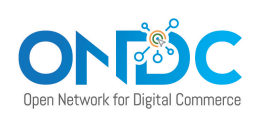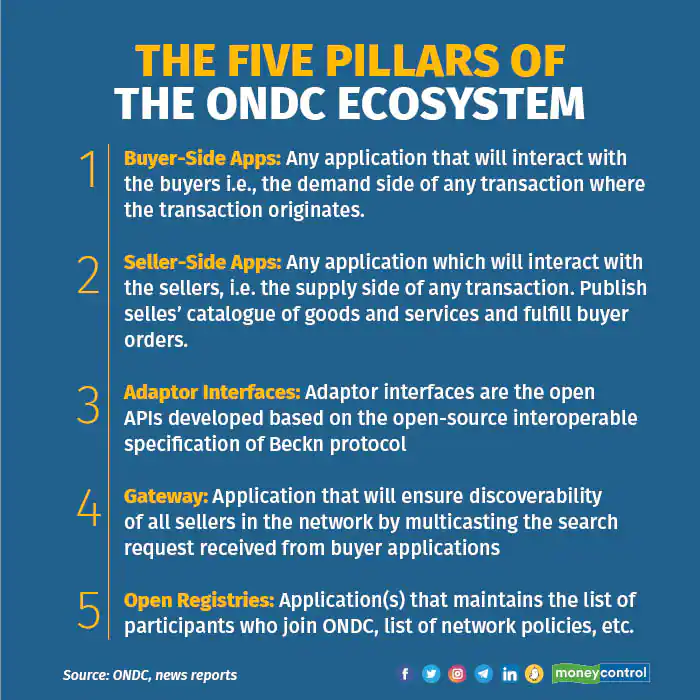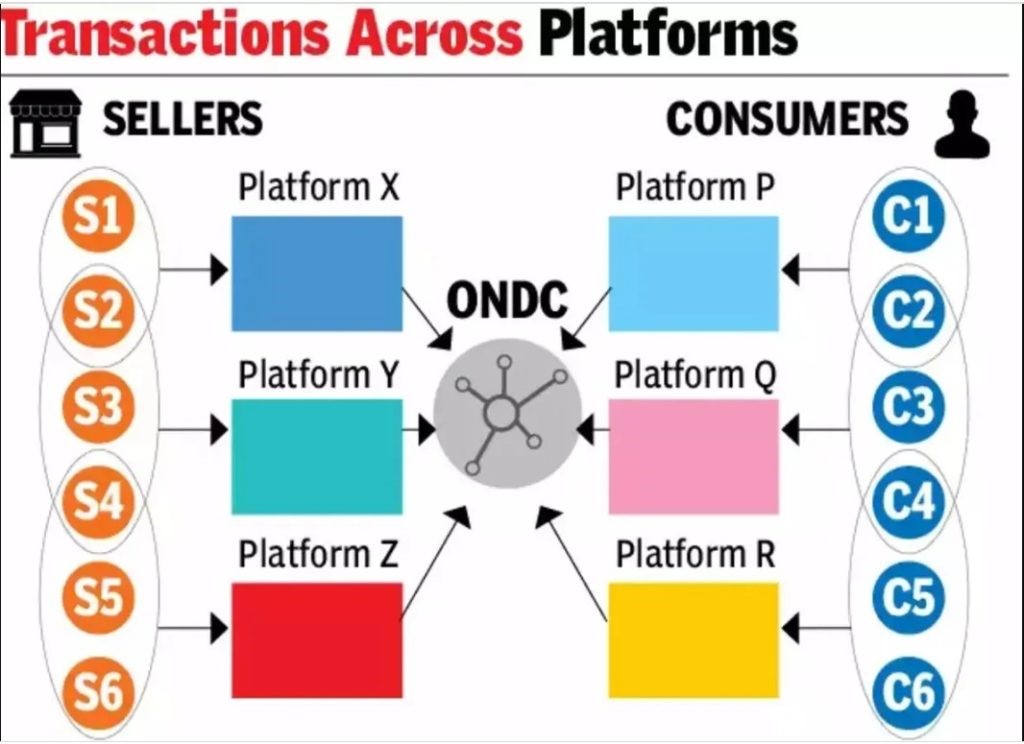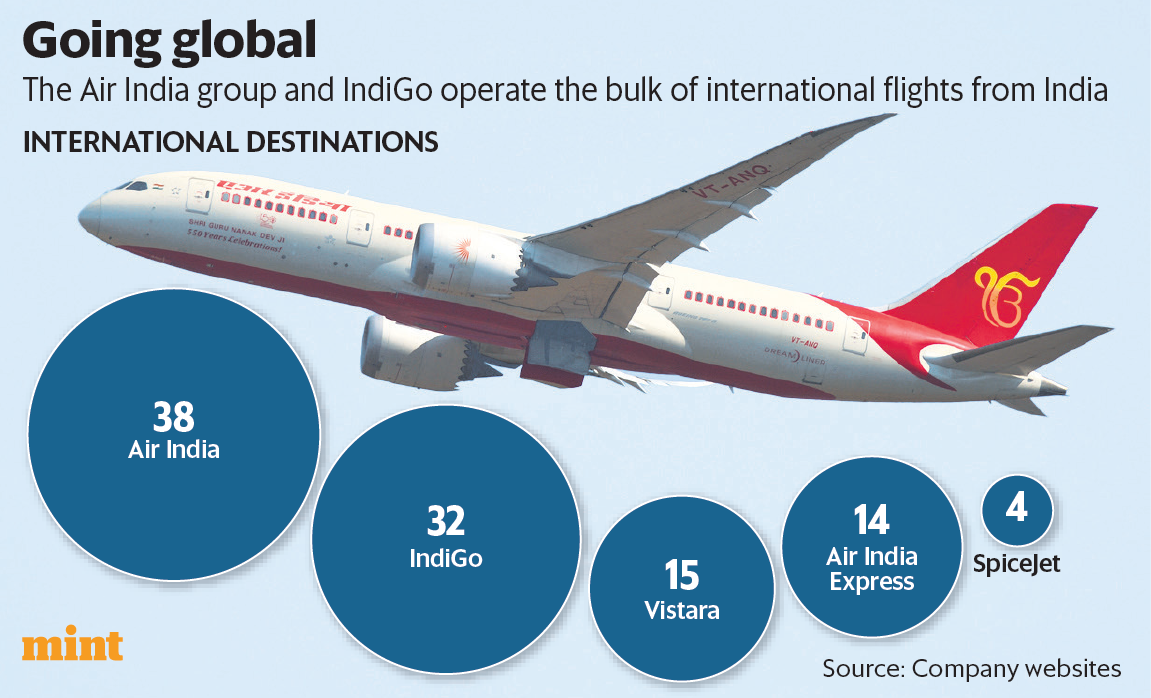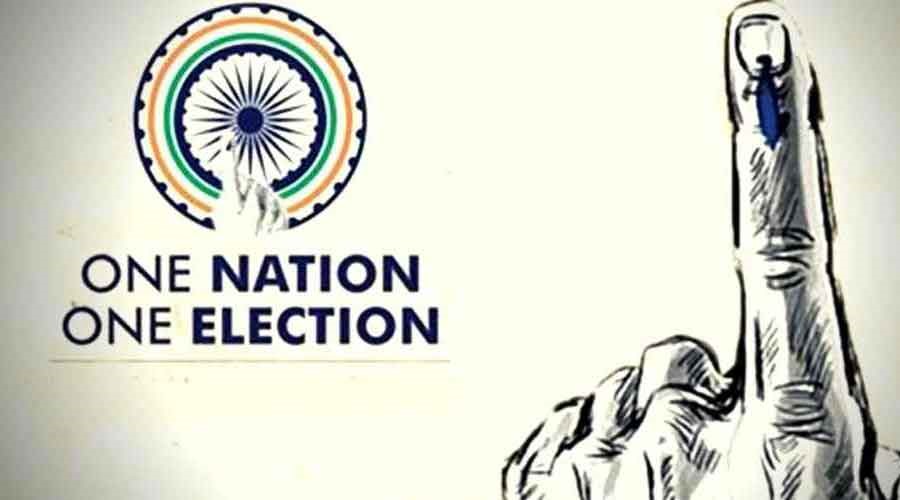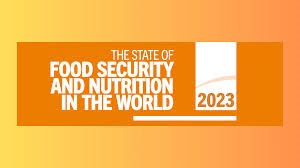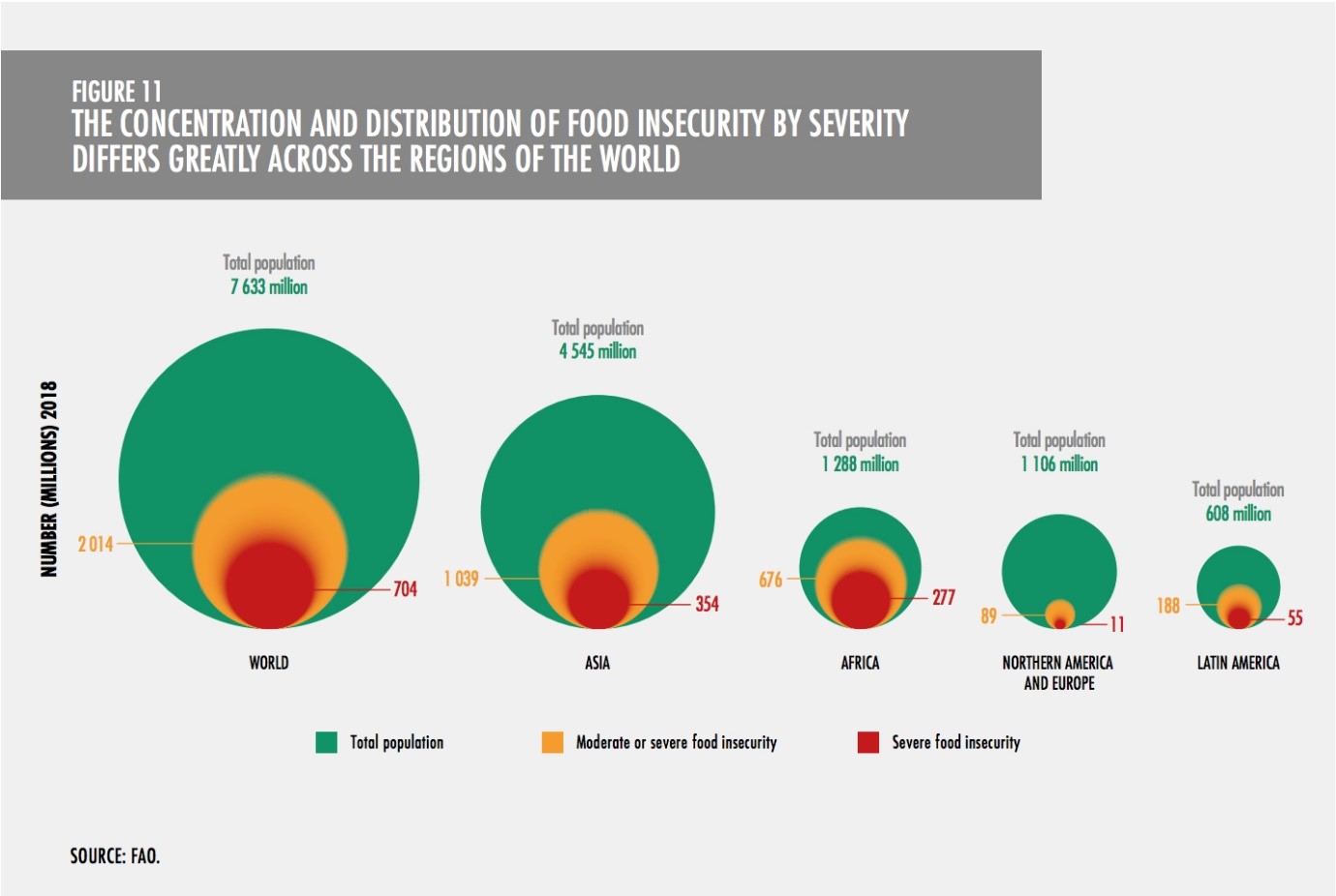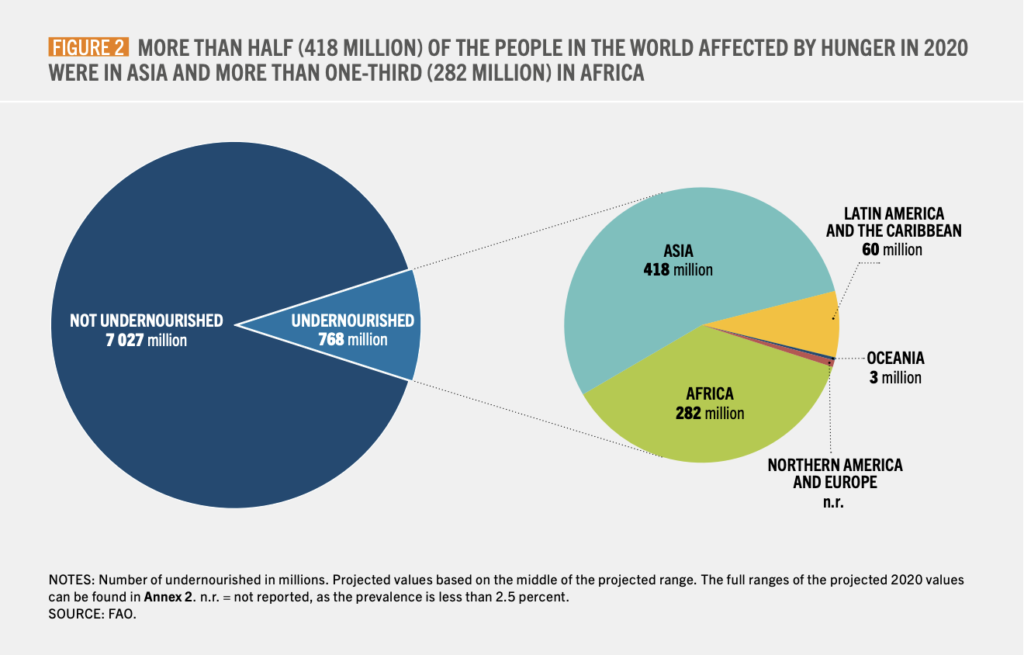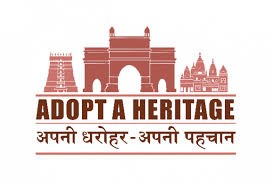Open Network for Digital Commerce (ONDC)
Context
- The Open Network for Digital Commerce (ONDC) is on the brink of transforming India’s digital commerce sector, which is forecasted to reach $350 billion by 2030.
- Deloitte India recently published a whitepaper outlining ONDC’s potential and its alignment with India’s Digital Public Infrastructure (DPI).
ONDC Framework: Enabling Effortless Commerce
- The ONDC framework harnesses India’s Digital Public Infrastructure (DPI) to facilitate smooth commerce interactions.
- It aspires to promote open networks developed through open-source methods.
- The project’s goal is to counter digital monopolies by establishing a platform for all online retailers based on standardized open specifications and network protocols.
Understanding Open-Source
- Open-source projects allow for the unrestricted use, examination, modification, and distribution of the project for any purpose.
- ONDC’s open-source approach has the potential to influence operational aspects such as seller onboarding, vendor discovery, price discovery, and product cataloguing.
Significance of Open-Sourcing
- Open-sourcing a process involves making its code or steps freely available for use, distribution, and modification.
- Implementing ONDC’s open-source processes could level the playing field for smaller online retailers and new entrants.
ONDC’s Objectives: Addressing Digital Monopolies
- ONDC aims to digitize value chains, standardize operations, and enhance efficiency, benefiting stakeholders and consumers.
It challenges digital monopolies, which are dominated by e-commerce giants, in line with India’s draft e-commerce policy.
ONDC Processes and Government’s Initiative
- ONDC streamlines processes such as seller onboarding, vendor and price discovery, and product cataloguing.
- The Indian government’s initiative is driven by the necessity to reduce foreign companies’ control over the domestic e-commerce ecosystem.
Evolution and Challenges of Digital Commerce
- The whitepaper traces the evolution of digital commerce in India and highlights the obstacles faced in its early stages.
- Challenges, including resistance from major e-commerce players and compliance burdens for MSMEs, need to be addressed.
- These challenges also encompass concerns about security, trust, and the perceived value of digital transactions.
ONDC’s framework addresses these challenges, offering agility, security, and profitability simultaneously.
ONDC’s Impact across Industries
Deloitte India underlines ONDC’s potential to empower various industries. ONDC’s vision aligns with India’s growth trajectory, shifting power towards consumers and small and medium enterprises (SMEs). The framework’s unique proposition bridges gaps in value chains, fosters innovation, and streamlines interactions.
Agriculture and ONDC
ONDC carries transformative implications for the agriculture sector. It provides farmers with direct access to buyers, eliminating intermediaries. Farmers Producer Organisations (FPOs) can establish direct connections with potential clients, enhancing value chain optimization. This integration benefits various stakeholders, including mandis, corporations, traders, hospitality establishments, and farm-to-table start-ups.
Unlocking Commerce Potential
While India’s digital commerce sector is expected to reach $350 billion by 2030, e-commerce currently constitutes only about 4.3% of retail commerce. ONDC’s innovative approach is poised to drive greater participation in digital commerce, optimizing value chains and accelerating sector growth.
Conclusion
The Open Network for Digital Commerce (ONDC) is positioned to redefine India’s digital commerce landscape. Its alignment with India’s Digital Public Infrastructure (DPI) and its potential to foster seamless interactions across industries hold great promise.
ONDC’s agility, security, and profitability features make it a catalyst for innovation and economic growth.
Unlocking India’s potential as a transit hub
Aviation’s Vital Intermediary: The Transit Hub
- In the dynamic world of aviation, the transit hub plays a pivotal role, serving as a crucial intermediary point for travelers navigating their way between foreign countries.
- Imagine it as a meticulously orchestrated layover where passengers seamlessly switch from one aircraft to another.
Defining the Aviation Transit Hub
- So, what exactly is an aviation transit hub?
- It functions as an airborne bridge, seamlessly connecting travelers from one foreign destination to another with minimal hassle.
- Its primary mission is to ensure a smooth experience for passengers transitioning from Country A to Country C via Country B.
- Typically, these hubs rely on major airlines with extensive networks, offering one-stop flights with a preferable wait time of no more than 2 to 3 hours between flights.
- Visualize it as a hub-and-spoke model, where flights converge at the hub and then fan out to various destinations, making travel more affordable and efficient.
India’s Ascent as a Potential Transit Hub
- Delving into the prospects of India becoming a transit hub, recent statistics paint an encouraging picture.
- In the 2018-19 period, Indian airlines managed 40.2% of air passenger traffic to and from India, a figure that has risen to 44% in 2022-23.
- Concurrently, the share of overseas airlines has dwindled to 56%.
- India has also witnessed the emergence of low-cost carriers catering to short and medium-haul international flights, including newcomers like Akasa.
- These trends signify India’s potential to establish itself as an economically viable transit hub, providing essential services to kickstart this transformation.
Key Players in India’s Transit Hub Aspiration
- Which airlines are poised to play a pivotal role in realizing India’s transit hub dream?
- Air India group and IndiGo stand out as potential game-changers.
- Together, they have placed orders for nearly 1,500 aircraft, with a significant portion being narrow-body planes capable of covering distances of 5 to 8 hours, including European destinations.
Exploring Other Transit Hub Prospects
- Are there any other contenders vying for a position in the realm of transit hubs?
- The initiative takes its first steps in New Delhi, where a collaborative effort between the government, Delhi airport authorities, and airlines aims to optimize the hub experience.
- Plans for transit hubs are also in motion for Mumbai, Bengaluru, Hyderabad, and Kolkata, depending on flight origins.
- Mumbai, for instance, could serve as an attractive stopover for African travelers, while Delhi might cater to Central Europe and West Asia.
Government Endorsement and Infrastructure Development
- But what about policy support and infrastructure development?
- The Ministry of Civil Aviation wholeheartedly endorses this concept, encouraging airlines to expand their offerings of non-stop international routes.
- Both airports and airlines are actively working to create more extensive spaces within airports to accommodate transit passengers.
- Potential initiatives include the development of dedicated terminals for international flights or collaboration with major carriers to streamline the travel experience.
A Changing Landscape: India’s Aviation Evolution
India’s aviation landscape is in a state of evolution. Domestic airlines are claiming a growing share of passenger traffic, and low-cost international carriers are emerging on the scene.
The prospect of India establishing itself as a transit hub is firmly rooted in these shifting dynamics, promising a transformative future for the country’s aviation sector.
Govt forms committee to work on ‘One Nation One Election’ legislation
Context
- The Indian government has taken a significant step toward implementing the “One Nation, One Election” concept by establishing a committee led by former President Ram Nath Kovind.
- This concept aims to synchronize elections at various levels of governance to improve efficiency and governance.
- The committee’s primary responsibility is to draft the necessary legislative framework for the successful implementation of this concept.
One Nation, One Election: Background and Rationale
- Frequent elections disrupt the continuity of developmental activities due to the need to adhere to election-related codes and rules.
- The Prime Minister has been a vocal advocate of simultaneous elections as a solution to this issue.
- The core idea is to streamline elections across different levels of government, reducing administrative complexities.
Nature of Simultaneous Elections
Currently, India conducts separate elections for the Lok Sabha and State Assemblies, resulting in staggered electoral cycles.
The “One Nation, One Election” approach envisions holding elections for all state assemblies and the Lok Sabha simultaneously.
Historical Context and Shifting Trends
- In the early decades after independence, India held concurrent elections.
- This trend shifted with the untimely dissolution of the fourth Lok Sabha in 1971, which marked the decline of simultaneous elections.
- The dissolution of the Lok Sabha during the National Emergency declared in 1975 and the dissolution of state assemblies after the 1977 Lok Sabha election further disrupted this cycle.
Challenges and Necessary Constitutional Amendments
- A significant challenge lies in aligning the terms of the Lok Sabha and Legislative Assemblies.
- Amendments to relevant articles of the Constitution, such as Article 83 for the Lok Sabha and Article 172(1) for Legislative Assemblies, may be required to enable synchronized elections.
Efficiency and Governance Benefits
- Reduction in effort, time, and expenditure due to consolidated election cycles.
- Mitigation of governance disruptions caused by the Model Code of Conduct during elections.
- Streamlined campaign expenses, potentially leading to cost savings.
- Improved voter turnout and enhanced credibility of the electoral process.
Challenges and Counterarguments
- Challenges include synchronizing terms, preventing mid-term dissolutions, and addressing the costs associated with electronic voting machines (EVMs).
- Counterarguments raise concerns about influencing voter choices, potential erosion of government accountability, and implications for democratic principles and federalism.
Ensuring Effective Implementation
- Robust legal safeguards are essential to address the challenge of mid-term dissolutions and maintain the integrity of synchronized elections.
- Some countries employ mechanisms like “no-confidence motions” to ensure governance continuity during the synchronized cycle.
Conclusion
The “One Nation, One Election” initiative holds the potential to streamline India’s electoral process and enhance governance efficiency.
Overcoming challenges requires a comprehensive approach along with suitable legal provisions, making the concept a practical reality while preserving democratic principles and federalism.
PARIVAR PEHCHAN PATRA- HARYANA GOVT.
Context
The Parivar Pehchan Patra (PPP), introduced in 2020 and implemented in September 2021 in Haryana, has garnered significant attention and sparked debates.
Parivar Pehchan Patra
- The PPP assigns a unique 8-digit identity number to each family residing in Haryana.
- Mandatory enrollment in the PPP is required for accessing government services and social security schemes.
- Families can register through Common Service Centers, SARAL Kendras, or registered PPP operators.
- The data is collected based on self-declarations and stringent procedures to ensure accuracy.
Key Functions and Linkages
- The PPP facilitates access to a range of public welfare programs, such as subsidized rations, Old Age Samman Allowance, Divyang Pension, educational admissions, government exams, and more.
- It compiles extensive data, including details of family members, Aadhaar numbers, demographics, education, occupation, property ownership, and social status.
Comparing PPP with Aadhaar
- Supporters of the scheme argue that PPP builds upon Aadhaar’s digital infrastructure but provides more comprehensive services.
- While Aadhaar primarily focuses on unique identity verification, PPP goes beyond by incorporating socio-economic data verified through specific processes.
Opposition’s Concerns and Criticisms
- A former Chief Minister has highlighted instances of data collection errors that have resulted in individuals being denied subsidies and benefits.
- A legislator has raised multiple objections, alleging potential misuse of data for voter profiling and criticizing the depth of personal information required.
- Concerns have been expressed about the necessity of collecting Aadhaar details, caste information, PAN card data, bank account details, and property information. Critics argue that caste identification is irrelevant to social security.
- Criticism extends to the fear of potential exploitation of caste-based and socio-economic data for electoral advantages.
Conclusion
The Parivar Pehchan Patra scheme in Haryana aims to streamline the delivery of government services and welfare programs.
While the initiative offers several advantages, concerns about data accuracy, privacy, and the possibility of political manipulation highlight the importance of thorough scrutiny and open public discussion.
STATE OF FOOD SECURITY AND NUTRITION IN THE WORLD REPORT-2023 (SOFI-2023)
Context: UN Agencies have released the ‘SOFI 2023’ report under the theme ‘Urbanization, Agrifood Systems Transformation, and Ensuring Healthy Diets Across the Rural-Urban Continuum.’
This report highlights key findings in the following areas:
- Global Hunger:
– The global hunger crisis has worsened since 2019, with over 122 million more people experiencing hunger worldwide due to factors such as the pandemic, adverse weather events, and conflicts.
– The numbers of people suffering from hunger remained stagnant between 2021 and 2022, primarily due to these challenging circumstances.
- Nutritional Access:
– In 2022, approximately 2.4 billion individuals faced persistent challenges in accessing safe, nutritious, and adequate food.
– This issue disproportionately affected women and individuals residing in rural regions.
- Child Malnutrition:
– In 2021, 22.3% (148.1 million) of children experienced stunted growth.
– 6.8% (45 million) of children were wasted, while 5.6% (37 million) were overweight.
- Urbanization and Diets:
– The process of urbanization is leading to increased consumption of processed and convenience foods, contributing to rising obesity rates across urban, peri-urban, and rural areas.
- Rural Transition to Markets:
– Rural areas in Africa and Asia, which were once self-reliant, are now increasingly dependent on national and global food markets.
- Future Urban Population:
– Projections indicate that by 2050, 70% of the world’s population will reside in urban areas, underscoring the urgent need to transform food systems to address hunger and malnutrition in urban settings.
India-specific Findings:
- India boasts the lowest cost of a healthy diet among BRICS nations and neighboring countries.
- A staggering 74% of the population in India struggles to afford a nutritious diet.
- The cost of meals in Mumbai surged by 65% over five years, while incomes only saw a moderate increase of 28%-37%.
- Any diet costing more than 52% of a nation’s average income is considered unaffordable.
- Between 2019 and 2021, the cost of a healthy diet in Asia increased by nearly 9%, the highest increase among regions.
- In Asia, South Asia had the largest population (1.4 billion) and the highest percentage (72%) unable to afford a nutritious diet.
- In Africa, Eastern and Western Africa collectively had the most people (712 million) and the highest share (85%) unable to access a healthy diet.
About the Report:
– The ‘SOFI 2023’ report is an annual flagship publication collaboratively produced by organizations including FAO, IFAD, UNICEF, WFP, and WHO. (Remember this for Prelims)
– It provides a comprehensive overview, monitoring, and analysis of global hunger, malnutrition, and evolving dynamics in food security.
– The report also offers detailed insights into the primary challenges of achieving these objectives within the context of the 2030 Agenda for Sustainable Development.
ADOPT A HERITAGE PROGRAMME
Context:
In the upcoming event scheduled for September 4, 2023, the Archaeological Survey of India (ASI) is set to unveil the “Adopt a Heritage 2.0 program” in conjunction with the introduction of the Indian Heritage app and an e-permission portal.
Program Overview:
- The initiative, known as “Adopt a Heritage: ApniDharohar, ApniPehchaan,” represents a collaborative effort between the Ministry of Tourism, Ministry of Culture, and the Archaeological Survey of India (ASI).
- Originally launched on September 27, 2017, to coincide with World Tourism Day, its primary objective is to enhance the tourism experience by entrusting the management of heritage sites to both public and private entities.
- The selection of sites for inclusion in the program is based on their popularity and visibility among tourists.
- Individuals and organizations, referred to as “Monument Mitras,” have the opportunity to adopt heritage sites for a duration of five years.
- Currently, the scheme encompasses 106 prominent tourist spots, with more than 600 Monument Mitras actively participating and 27 Memorandums of Understanding (MoUs) in place.
- The Ministry of Tourism retains the authority to terminate agreements with Monument Mitras in cases of noncompliance or subpar performance.
Objectives of the Scheme:
- Enhancing the essential tourism infrastructure at historical sites, monuments, natural landscapes, and tourist attractions.
- Elevating the overall tourism experience by establishing amenities and services at these historical sites, monuments, natural areas, and tourist attractions.
- Promoting awareness and emphasizing the cultural and heritage significance of the nation’s treasures.
Monument Mitras:
- The term “Monument Mitra” signifies partners within the ‘Adopt A Heritage’ program.
- Originally administered by the Ministry of Tourism, it has since transitioned to the Ministry of Culture.
- The core aim of the project is to enhance the preservation and management of monuments and tourist sites.
- Corporations, public sector entities, and individuals are encouraged to “adopt” these sites.
Archaeological Survey of India:
- ASI operates under the jurisdiction of India’s Ministry of Culture.
- Its responsibilities encompass archaeological research, the protection of ancient sites, and the conservation of historical monuments.
- ASI oversees all archaeological activities in accordance with the Ancient Monuments and Archaeological Sites and Remains Act, 1958, as well as the Antiquities and Art Treasure Act, 1972.
- Established in 1861 by James Cunningham, a dedicated British Army engineer.
- The origins of archaeological endeavors in India date back to the Asiatic Society, founded by Sir William Jones in 1784.
- Alexander Cunningham, often hailed as the ‘Father of Indian Archaeology,’ played a pivotal role in its development.
- ASI attained statutory recognition under the AMASR Act, 1958, following India’s independence.
- The organization is led by a Director-General and headquartered in New Delhi.
- ASI is responsible for the protection and preservation of over 3500 significant monuments and sites.
Notable publications associated with ASI include “Ancient India” and “Epigraphia Indica.”
TAMARA
Context:
- The TDB-DST has generously provided financial support of ₹00 lakh for an innovative waterbody management initiative known as “TAMARA.”
- Addressing the global water resource challenges is of utmost importance, especially for a country like India.
- The AMRUT 2.0 mission is dedicated to the preservation of water bodies and the promotion of a circular water economy, aligning with the principles of the Blue Economy that emphasize sustainable utilization of ocean resources.
TDB’s Commitment to Responsible Waterbody Management:
- TDB is actively supporting the “Development and Commercialization of Intelligent Water Body Management System (IWMS) – TAMARA” project.
- The recipient of ₹00 lakh in funding from TDB is M/s Bariflo Labs Private Limited, located in Odisha.
- The total project cost is ₹00 lakhs.
Innovative Aspects of the TAMARA Project:
- Smart Sediment Aeration System:
– This system employs robotics to move diffuser aerators within the water, enhancing oxygen levels at the water’s bottom.
– It has been successfully tested in various water environments.
- Smart Climate-Driven Water Quality Monitoring System:
– This system continuously monitors water quality from the bottom to the surface, guided by computer simulations.
– It effectively manages water nutrient levels and oxygen content.
- Smart Weed Harvester System (PLASHBOT):
– Using robotic components, this system efficiently removes unwanted aquatic plants.
– It incorporates intelligent navigation for improved effectiveness.
- Communication System and Data Protection:
– The project utilizes secure technology for the exchange of data between devices.
– Rigorous laboratory testing has confirmed its reliability.
AI-Powered Approach for Effective Waterbody Management:
- The TAMARA project harnesses the power of artificial intelligence (AI), the Internet of Things (IoT), and robotics.
- The system has the capability to comprehend weather conditions and water quality.
- It monitors crucial parameters such as oxygen and nutrient levels to support aquatic life.
AMRUT 2.0 Mission:
- Launched in October 2021, the AMRUT 2.0 mission has a five-year duration spanning from FY 2021-22 to 2025-26.
- An extension of the original AMRUT mission initiated in June 2015, its primary goal is to provide tap access to guaranteed water supply and sewer connections to all statutory towns.
- Oversight of the scheme is the responsibility of the Ministry of Housing and Urban Affairs (MoHUA).
- Key objectives include expanding universal water supply coverage to all statutory towns nationwide, achieving comprehensive sewage and septage control in 500 AMRUT cities, focusing on water sector improvements, citizen comfort, and financial sustainability.
- The mission builds upon AMRUT’s successes, emphasizing water supply, waterbody revival, aquifer management, treated wastewater reuse, and the water circular economy.
- It also aims to achieve 100% sewage and septic system coverage in 500 AMRUT cities and protect freshwater bodies from pollution to sustain natural resources.
- A notable target is to meet 40% of industrial demand and 20% of urban water demand through recycled treated wastewater.
Additionally, the mission includes initiatives for fair water distribution, wastewater reuse, and waterbody mapping through Pey Jal Survekshan in cities.

